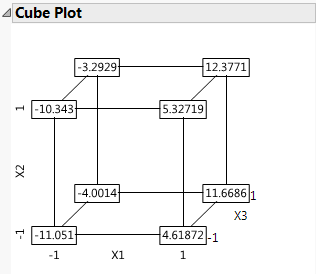Screening Designs
Screening designs are common designs for industrial experimentation. Screening designs include fractional factorial, full factorial, Plackett-Burman, main effects, and mixed-level designs. Typically used in the initial stages of investigations, they examine many factors in order to identify those factors that have the greatest effect on the response. The factors that are identified can then be studied using more sensitive designs. Because screening designs generally require fewer experimental runs than other designs, they are an efficient way to begin improving a process.
If a standard screening design exists for your experimental situation, you can choose from several standard screening designs. The list includes blocked designs when applicable. Your factors can be continuous factors, categorical factors, or continuous factors that can assume only discrete values (discrete numeric factors). See Fractional Factorial Designs.
If at least one standard screening design is not available, the Screening Design platform constructs a main effects screening design. A main effects screening design focuses on estimating main effects in the presence of negligible interactions. See Main Effects Screening Designs.
If you are interested in investigating continuous factors at three levels, you can construct a mixed-level screening design. These designs are also referred to as orthogonal main effects screening design for mixed-level factors. These designs focus on estimating main effects with some ability to estimate second-order effects. See Mixed-Level Screening Designs.
Note that JMP also provides two compelling alternatives to screening designs:
• Definitive screening designs are particularly useful if you suspect active two-factor interactions or if you suspect that a plot of a continuous factor’s effect on the response might exhibit strong curvature. See “Definitive Screening Designs”.
• Custom designs are highly flexible and can accommodate many factor types and design restrictions. See “Custom Designs”.
Figure 10.1 Results from a Fractional Factorial Design
